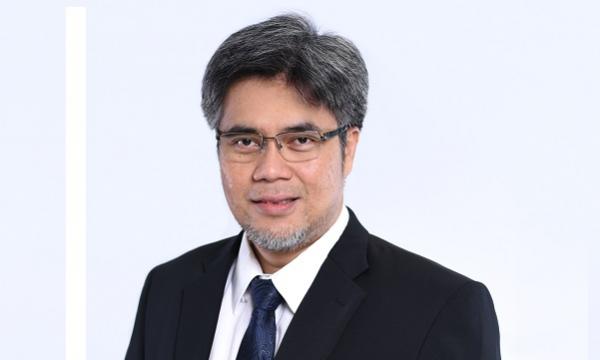
Even with the persistence of coal in Southeast Asia, renewables are projected to represent 43% of the region’s capacity by 2040. The deployment of renewables is supported by new government policies, primarily led by Malaysia and Vietnam with their fresh massive tenders and tariff schemes, according to ASEAN Centre for Energy (ACE) executive director Dr. Nuki Agya Utama.
In an interview with Asian Power, Utama discusses notable energy deals across nations and how technologies like distributed energy storage and smart grid will further growth of renewables and push them to parity with traditional power sources.
What is your outlook towards the power sectors of the markets you are working in?
From our 5th ASEAN Energy Outlook, the energy supply of power sector will be significantly impacted by the growth of renewable energy in ASEAN. If ASEAN continues with the national target, ASEAN renewable energy in 2040 are expected to represent 43% of total installed capacity, which is equivalent to 252GW.
Hydropower is the major energy supply to those capacities, followed by solar PV which is the most rapid development among other renewables. If ASEAN implements the 23% target by 2025, the region may come higher at 2040, by having 319GW in total, which are represented by hydropower and solar PV at 45% and 32%, respectively.
It is also reported that renewable energy will take down the dominance of fossil fuels, by having 55% by 2040. However, ACE’s team is still working on the new outlook and supported by new study of interconnection in ASEAN to understand the markets.
For you, what are the notable energy deals for 2019? Why?
In 2019, ASEAN Member States moved forward to more competitive energy deals in particularly for renewable energy, solar. In Malaysia, the 3rd Large Scale Solar PV bidding was closed with the bid at prices with the lowest being 17.77 MYR cents/kWh.
This price is lower than the gas-based generation cost, which is 23.22 MYR cents/kWh right now and lower than the previous bidding namely LSS2 where the price is 32 cents MYR. Those projects are under the first four projects, which amount to 365MW, out of the 500MW, were bid under LSS.
In Cambodia, 60 MW solar PV power purchase was reported at $3.87/kWh which is winning through the support of Asian Development Bank (ADB) with the participation of 26 bidders.
On top of the competitive market, the Feed-in Tariff (FIT) of Vietnam also made the unprecedented boom for ASEAN. Overpassing every AMS, Vietnam leaped to be the largest country with installed solar PV after 90 solar power plants are becoming operational with total installed around 4,500MW which of mainly large solar power plants. This solar boom is due to the closing date of Feed-in Tariff for solar PV which is on 30 June 2019.
These energy deals are notable in ASEAN, as this region now moving towards to achieve our 23% target. Both bidding and FiT are also the proof that renewable energy can be in line with the affordability purposes that ASEAN seeks for.
What new technologies are facilitating the energy transition in your respective markets?
Based on our ASEAN Energy Database System (AEDS), this region has achieved 14.3% of renewable energy in Total Primary Energy Supply as of 2017 data. This number will move forward at the growth rate of each country on how the country developed more supportive technologies towards the energy transition.
Starting from the development of advanced microgrid with optimisation, control and smart hybrid system; Distributed smart storage and generation technology with affordable cost; a fundamental change of distributed system with many various mechanisms such as virtual power plant, peer-to-peer electricity trading, etc.; electrifying the transport sectors with fast charging technology; and others, will take ASEAN fastening its energy transition actions on renewable energy numbers.
Indeed, the auspicious blockchain will be also very beneficial for arranging the transparent and real-time transaction of any type of energy. In 2018, ACE published a Smart grid overview in ASEAN which also discussing Smart Grid as an innovative technology to achieve the regional goal and meet the growing electricity demand. However, ACE looks forward for any partnership on the development of those technologies in enhancing power and information flows as well as increasing the various sources of renewables into the grid.